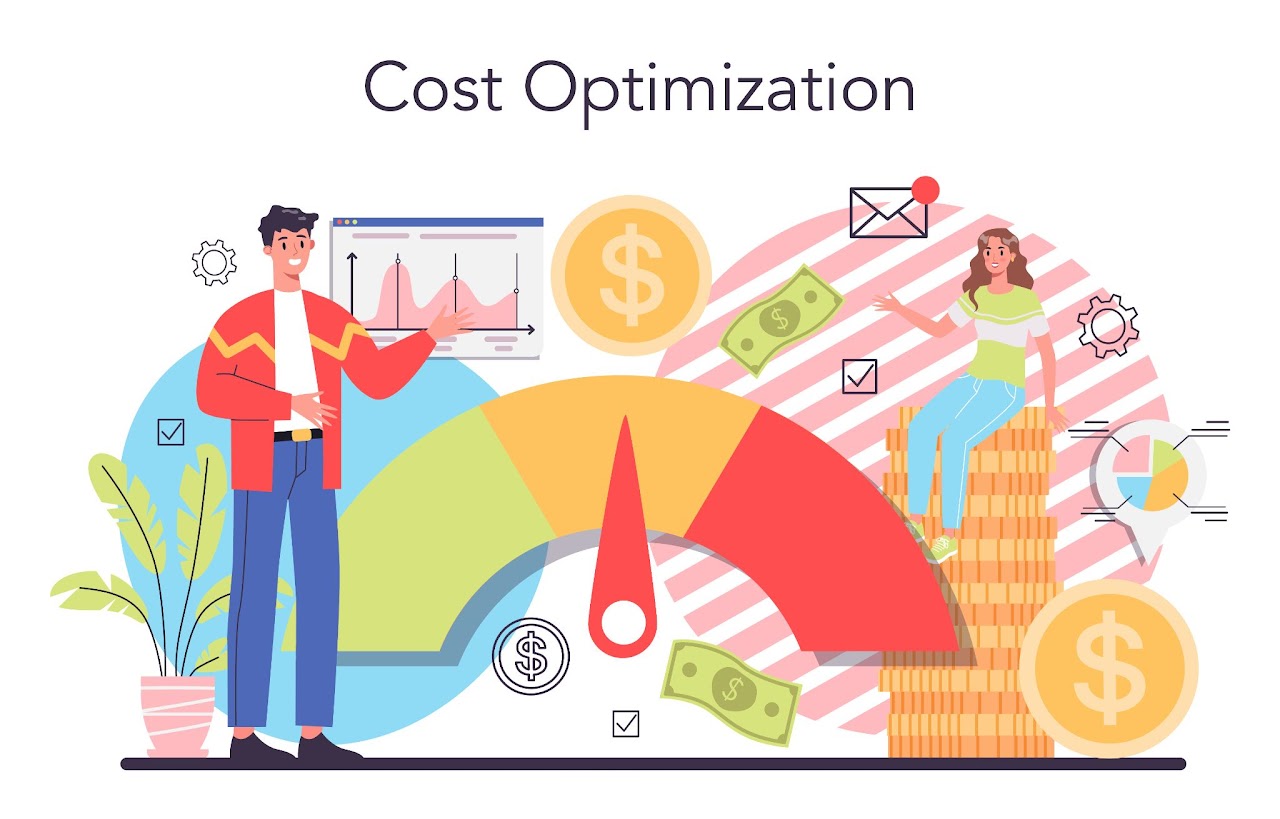Optimising AWS account costs (case study)
How me and my team helped an organisation to reduce AWS accounts cost

This case study highlights the importance of having a dedicated DevOps engineer who can identify and implement cost-saving measures within an organization’s AWS account. With the right strategies and tools in place, it is possible to achieve significant cost reductions without compromising on performance or reliability. As more companies move towards cloud-based infrastructures, optimizing costs will become increasingly important, and DevOps engineers will play a crucial role in ensuring that businesses can achieve their goals while keeping costs under control.
Analysis Phase
As a DevOps engineer, I was tasked with finding ways to reduce our AWS account costs. After conducting a thorough analysis of our usage patterns and infrastructure, I identified several areas where we could optimize our resources and reduce unnecessary spending.
Action Taken
Firstly, I implemented automated scaling policies for our EC2 instances, ensuring that we were only running the necessary number of instances at any given time. Moreover, I implemented reserved instances for our EC2 instances, which allowed us to lock in lower prices for our long-term usage. I also worked with our finance team to implement a budgeting and forecasting process, which helped us to better plan for future costs and avoid any surprises. This helped us to avoid over-provisioning and reduced our EC2 costs by ~20%.
Secondly, I optimized our use of S3 storage by implementing lifecycle policies that automatically moved infrequently accessed data to cheaper storage tiers. This reduced our S3 costs by ~10%. After conducting a more thorough examination, I discovered millions of log files, all of which had a size of 0 bytes. These files were housed in an S3 bucket governed by a lifecycle policy designed to transition the logs from Standard Storage to Reduced Redundancy Storage, and subsequently from Reduced Redundancy Storage to Glacier. Eliminating these redundant objects also contributed to a significant reduction in our S3 costs, by approximately 10%.
Thirdly, I identified several unused or underutilized resources such as RDS instances and Elastic Load Balancers and decommissioned them. This helped us to reduce our overall infrastructure footprint and cut costs by ~10%.
Finally, I implemented cost allocation tags across all of our resources, allowing us to track usage and identify areas where we could further optimize spending.
Further Actions
Furthermore, I implemented a monitoring and alerting system that notified us of any unexpected spikes in usage or costs, allowing us to quickly address any issues and avoid unnecessary spending. This helped us to maintain our cost savings and ensure that we were always operating at peak efficiency.
In addition, I worked with our development teams to optimize our application code and reduce the number of unnecessary API calls. I also worked with development team to optimize our application architecture and improve the efficiency of our code. This helped us to reduce the amount of resources needed to run our applications, further decreasing our AWS costs by ~2-4%.
Final verdict
Finally, I shared my cost optimization strategies and best practices with other teams across the company, helping to create a culture of cost-consciousness and continuous improvement. By working together and staying focused on cost optimization, we were able to achieve significant savings and drive growth for the company.
Overall, these efforts resulted in a significant reduction in our AWS account costs from $1 million to $0.8 million per year, saving the company over $200,000 annually. By continuously monitoring and optimizing our usage patterns, we were able to maintain these cost savings over time while still meeting the needs of our growing business.
In conclusion, my case study demonstrates how a DevOps engineer can play a crucial role in reducing AWS account costs through a combination of automated scaling, resource optimization, best practices implementation, and cost reviews. By continuously monitoring and optimizing resources, implementing containerization, and fostering a culture of cost consciousness, significant cost savings can be achieved while still maintaining high levels of performance and reliability for applications.
As a result of these changes, our team was able to allocate more resources towards innovation and development, rather than just maintaining our existing infrastructure. Additionally, we were able to provide more cost-effective solutions to our customers, which helped us to remain competitive in the market. Overall, this experience has taught me the importance of continuous optimization and cost management in the DevOps field.

Add comment
@name